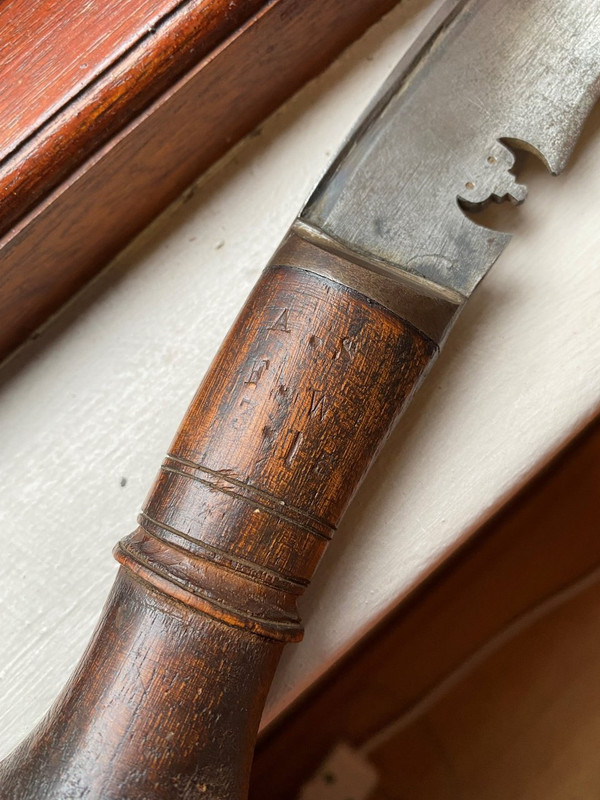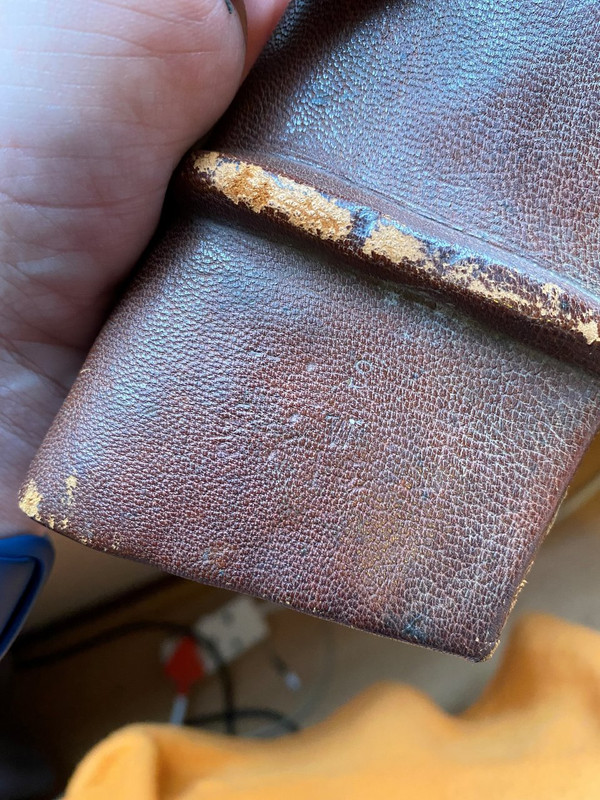- Joined
- Dec 5, 2021
- Messages
- 5
Hi All. Apologies if this is the wrong area of the forum to post. Admins please move if necessary.
I recently bought a Kukri knife at an antiques store, listed as a “Rare Vintage Nepalese Kukri”.
I am trying to figure out where it comes from and how old it is. It has the following same inscription on the handle and the sheath.
A . S
F . W
3 . 15
Please refer to the pics added below
Can anyone please assist in shedding some light onto the origins of this blade?
Many thanks



I recently bought a Kukri knife at an antiques store, listed as a “Rare Vintage Nepalese Kukri”.
I am trying to figure out where it comes from and how old it is. It has the following same inscription on the handle and the sheath.
A . S
F . W
3 . 15
Please refer to the pics added below
Can anyone please assist in shedding some light onto the origins of this blade?
Many thanks



Last edited:
